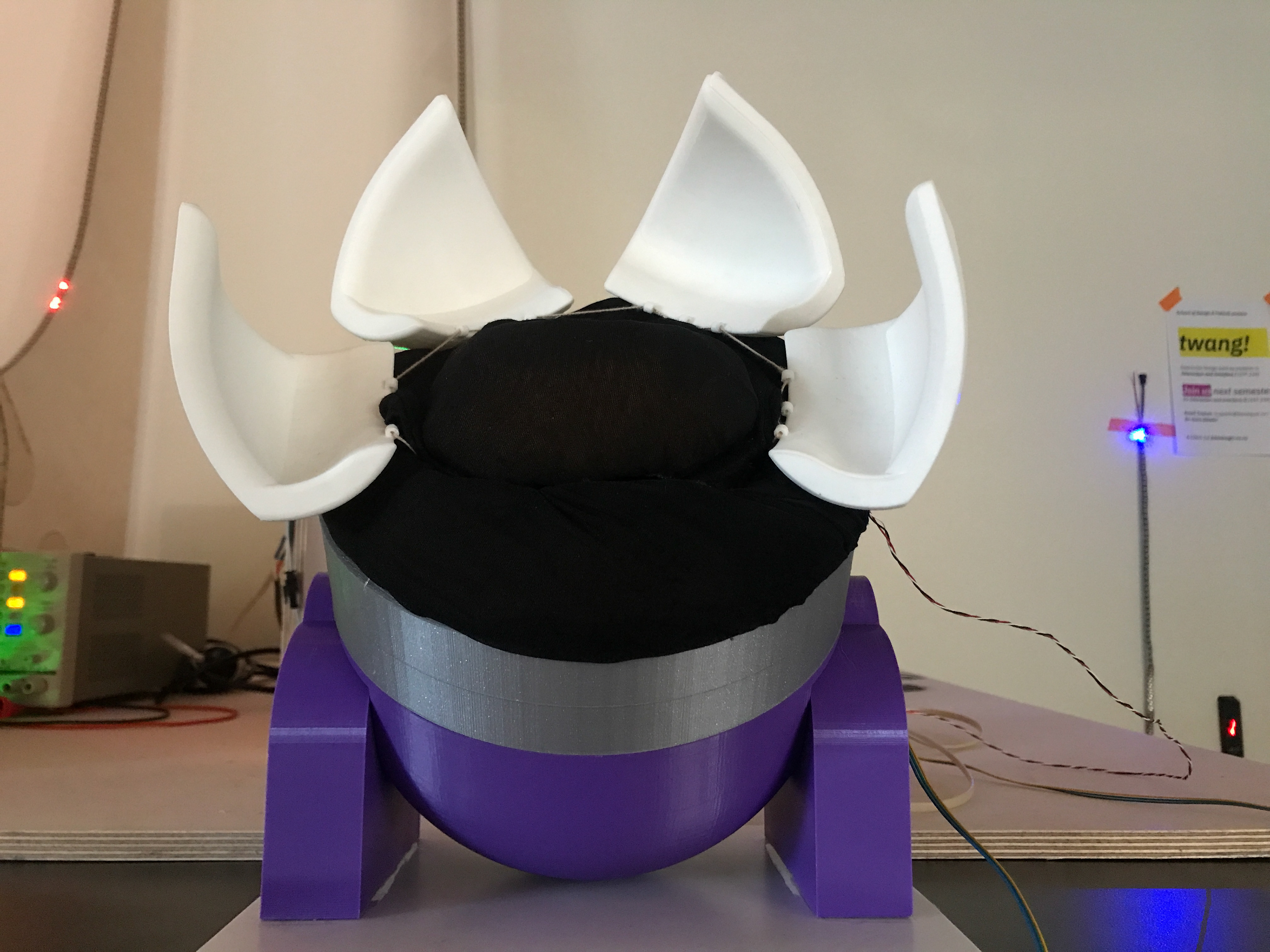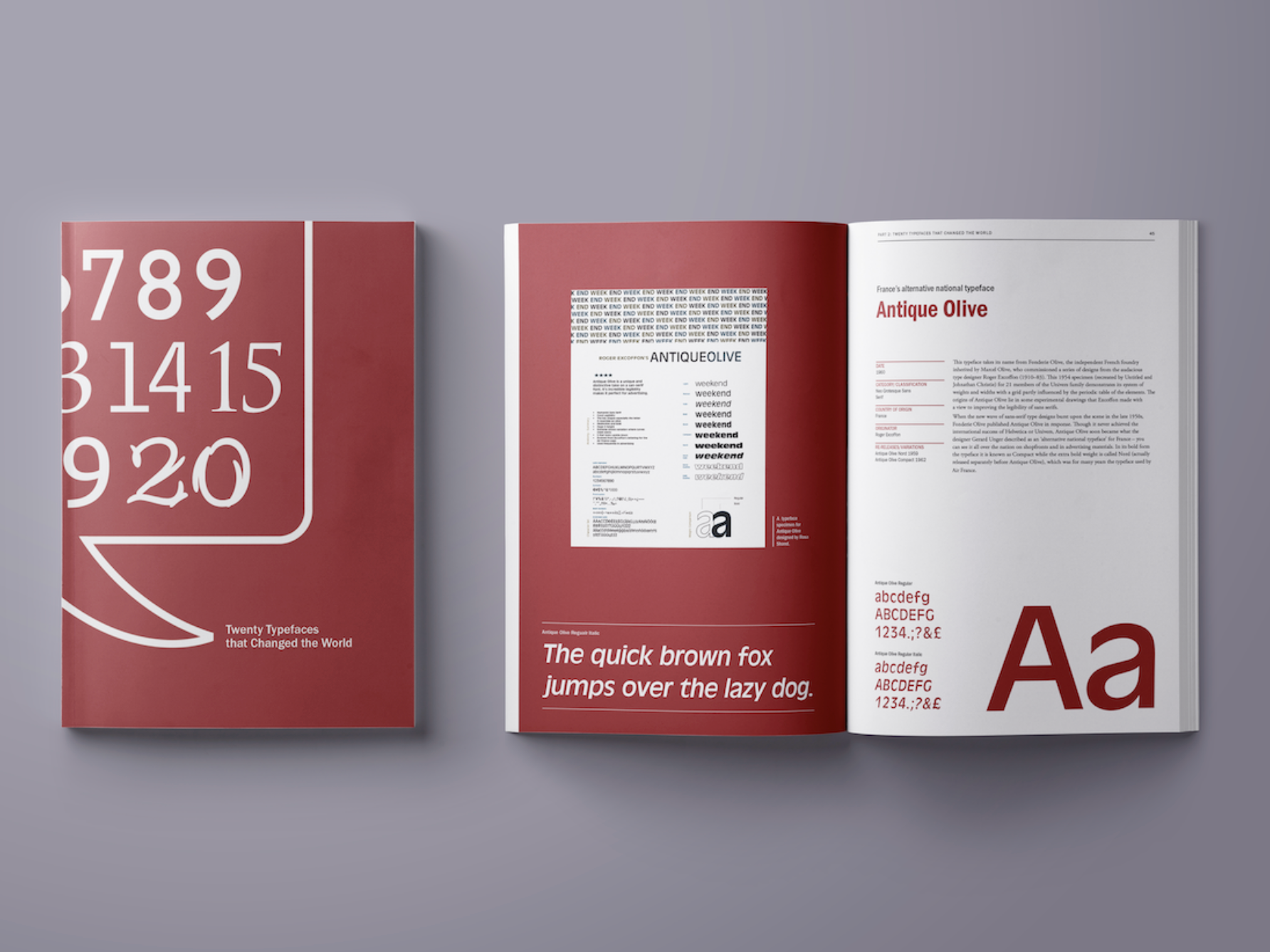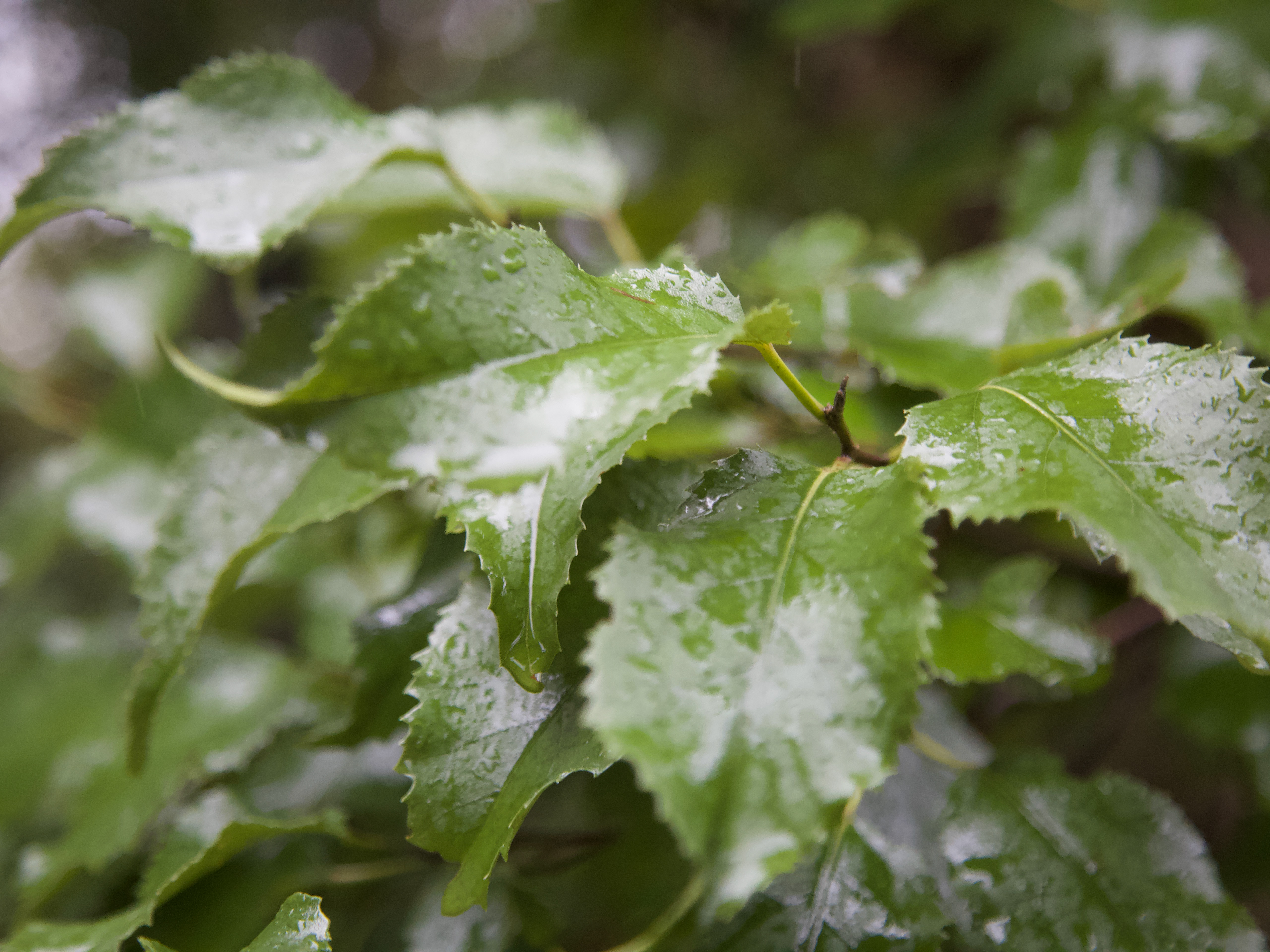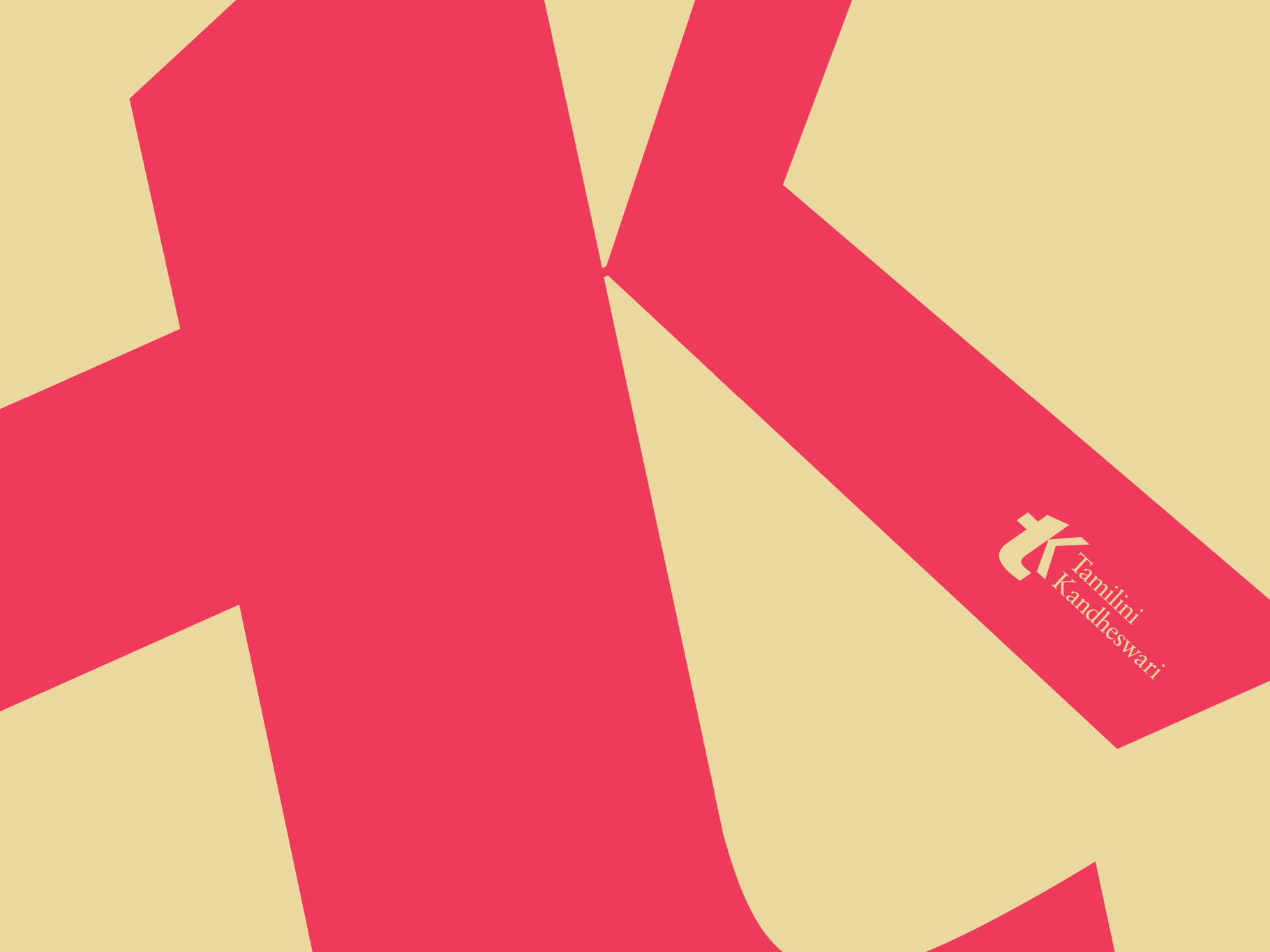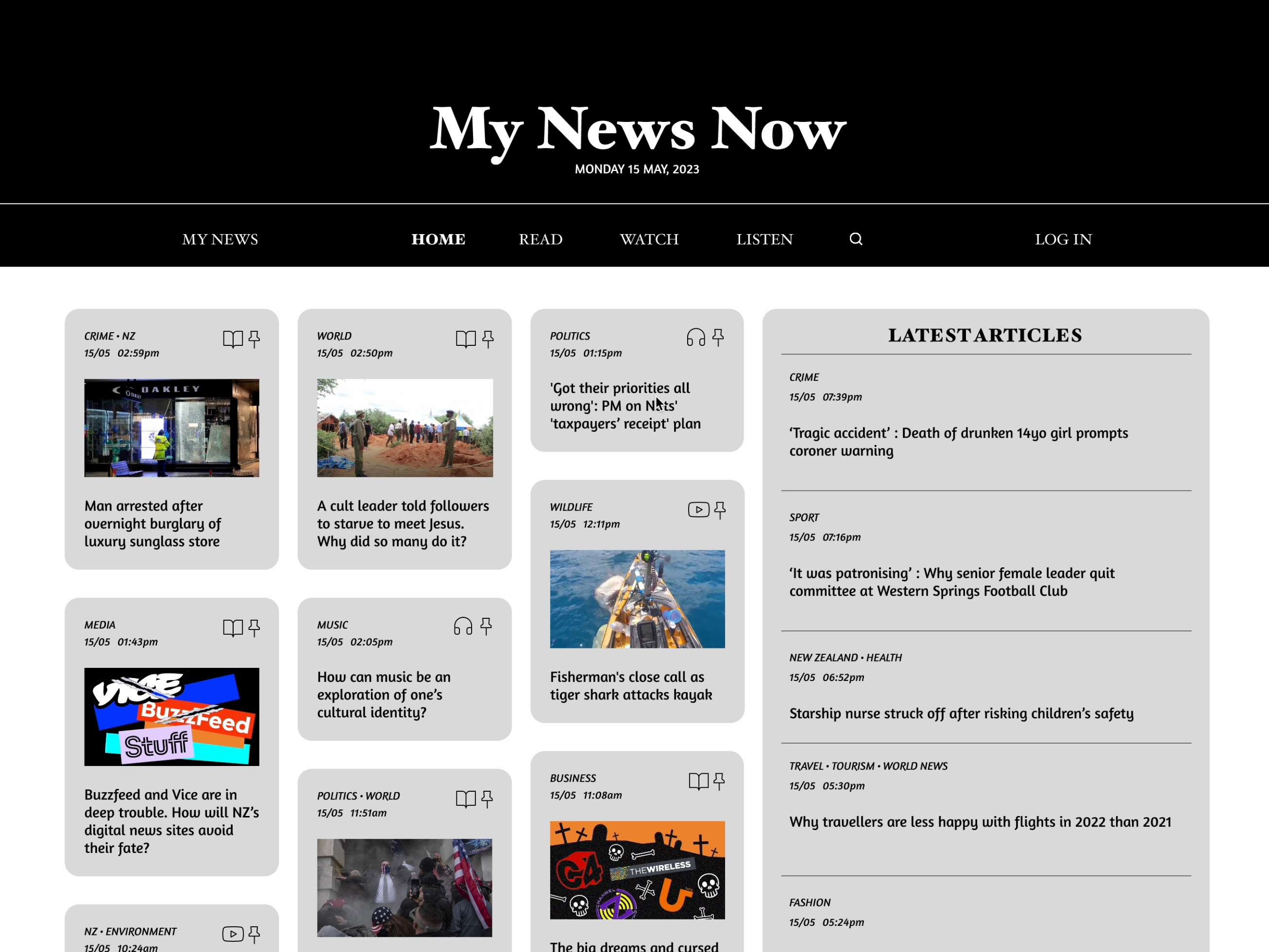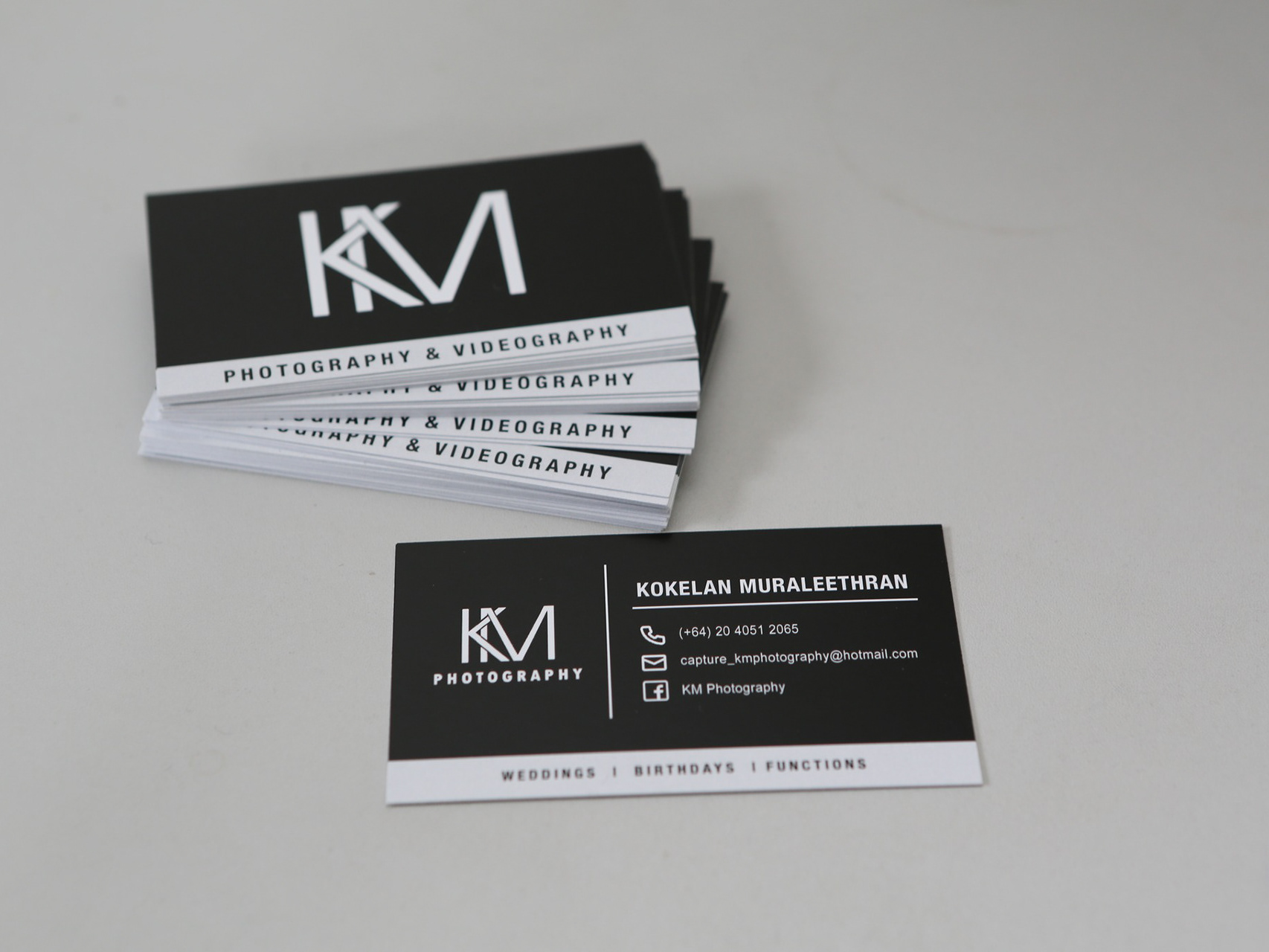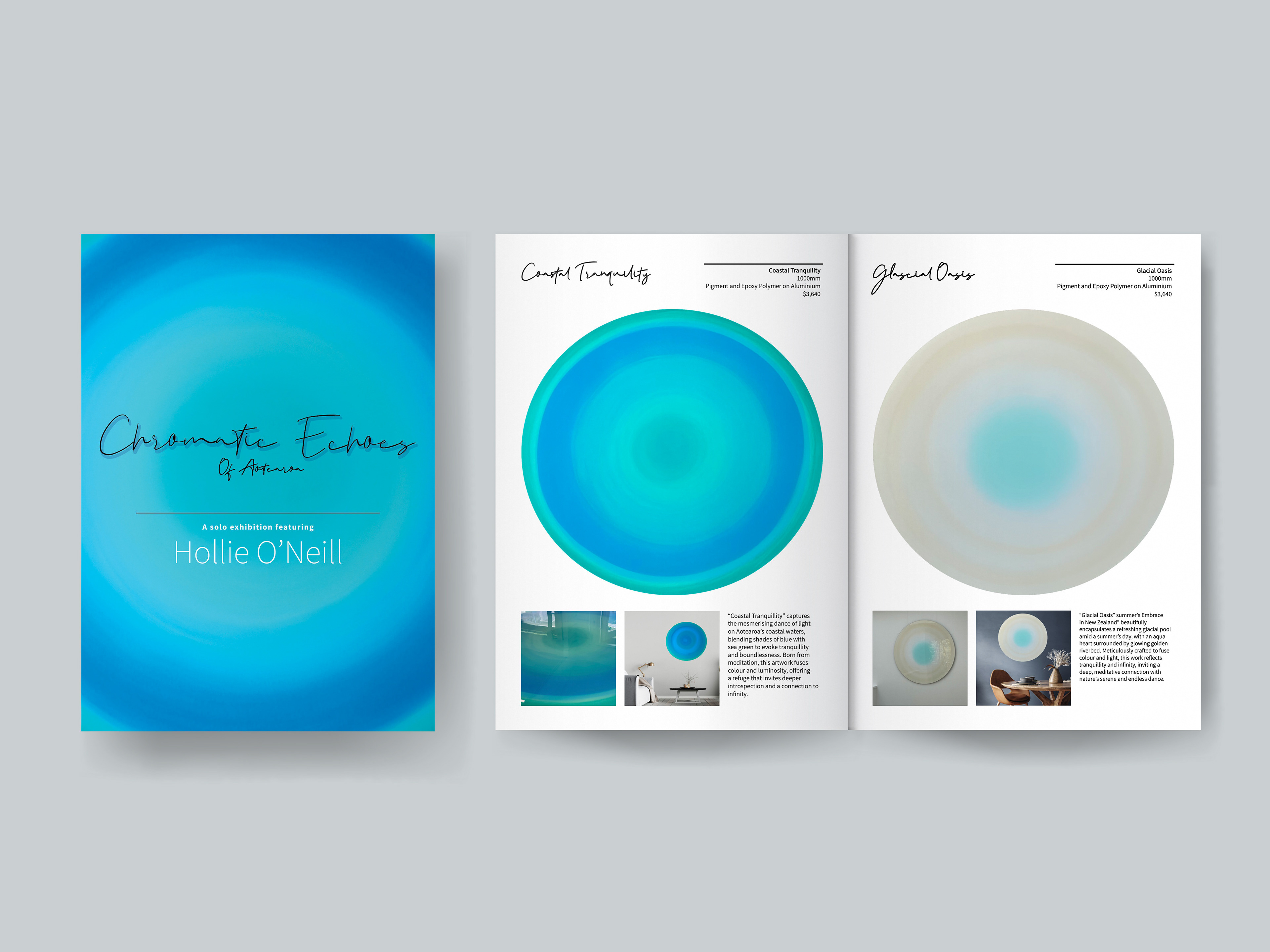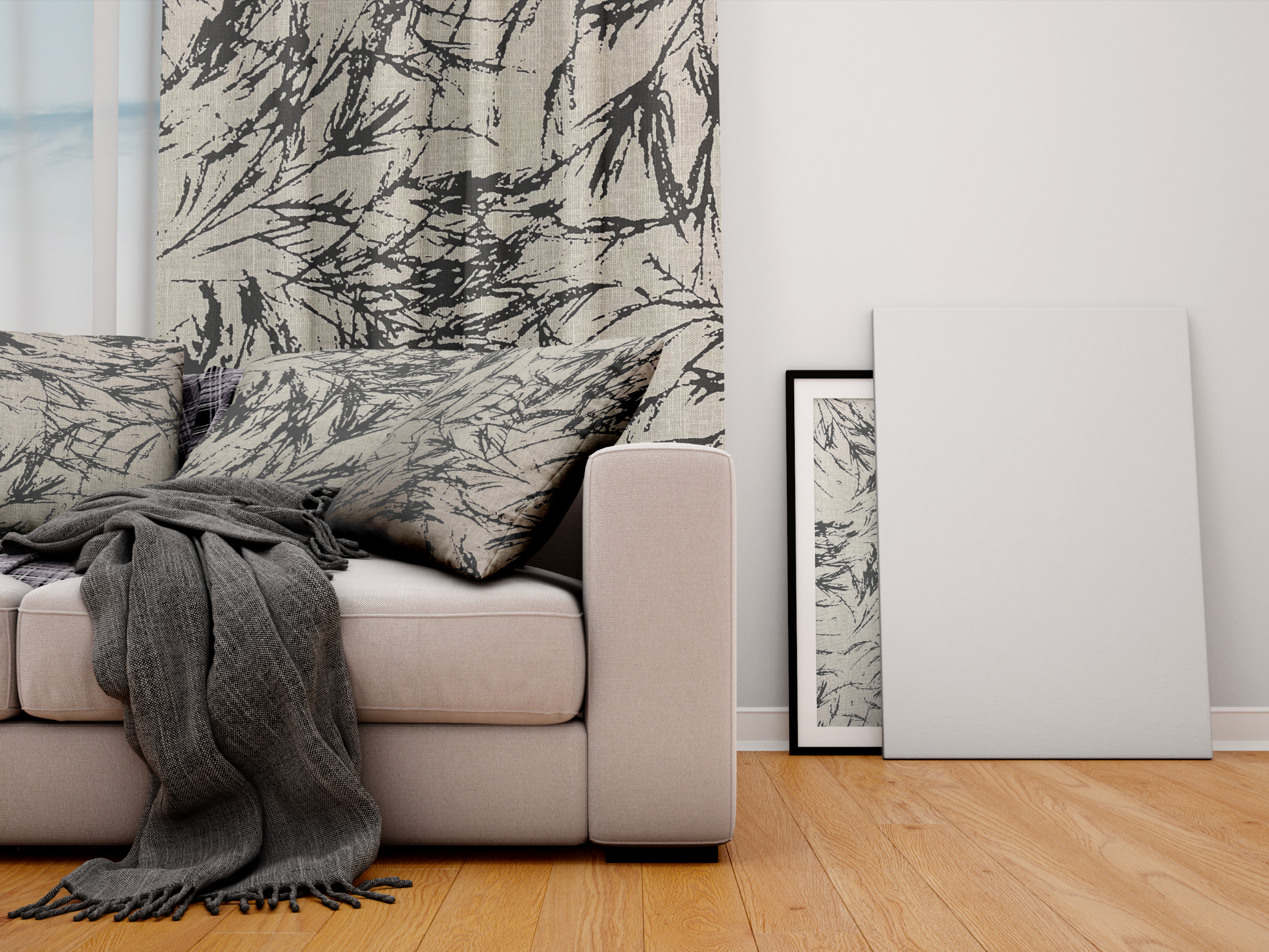Brief:
Your task is to design an interactive user manual for an existing device or appliance of your choice. Your solution will explore how material, input devices, gestures, movements and transitions facilitate a user journey and make the experience not only easy to follow, but intuitive, pleasurable and useful. You will create a working prototype packaging that serves as the manual during the unpacking and revealing of your chosen device. The outcome should focus on enabling users’ understanding through interaction and exploration, rather than relying on screens or explanation graphics.
Each stage of the user journey should be able to be traced back and remind the user about their goal (mental model). To be successful, your artefact needs to find a balance between the minimum of detail pointing at the reason why it is been engaged with versus the maximum of detail to avoid it becoming cumbersome in its use. In other words: Find the right balance between too simple and overly complicated.
Each stage of the user journey should be able to be traced back and remind the user about their goal (mental model). To be successful, your artefact needs to find a balance between the minimum of detail pointing at the reason why it is been engaged with versus the maximum of detail to avoid it becoming cumbersome in its use. In other words: Find the right balance between too simple and overly complicated.
Rationale:
I redesigned the Rubik's cube packaging. The Rubik's cube is a puzzle. It involves memorising algorithms which requires twisting and turning different parts of the cube across three layers resulting in the colour alignment of all six sides. This challenge helps hand eye coordination and improves reflexes. The Rubik's cube is a very interactive and tactile experience and I wanted that to be reflected in the packaging.
One side of the cube, along with one row of the cube is perforated for a twist of top which I made using a craft knife. When the unaligned top is twisted to match the colours the perforated edges will rip, allowing the top to be removed and the rubik's cube will be inside. After opening, the packaging could potentially still be used to store the cube if wanted, as a box and lid.
My final packaging captures and reflects the tactile essence of the Rubik's cube through the squares present on the packaging, as well as incorporating the physical twisting element as part of the opening making the process more interactive. The packaging itself looks like the Rubik's cube which I think is really captivating, you feel like the cube is already in your hand just by holding the packaging.
I brought in the colour element to my design to assist with the twisting mechanism of the packaging. When you see everything aligned but one row there is a strong urge to make everything align. And when that twist is done and the colours match up the cube is uncovered, almost like solving a puzzle before you even get to the puzzle. Opening the packaging itself hints at how the Rubik's cube functions which was essentially my idea behind my final packaging design.
